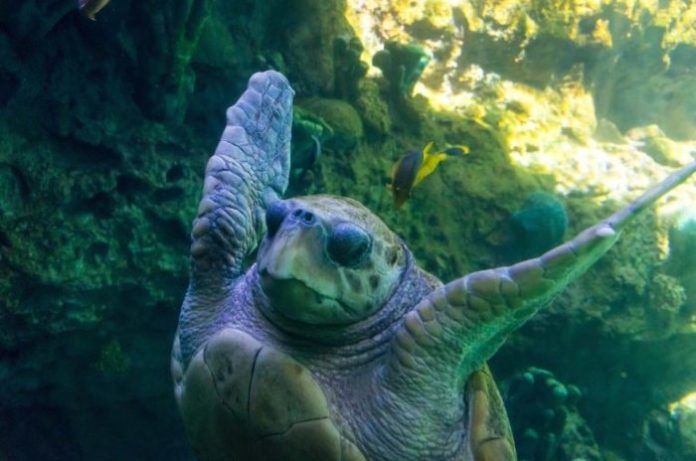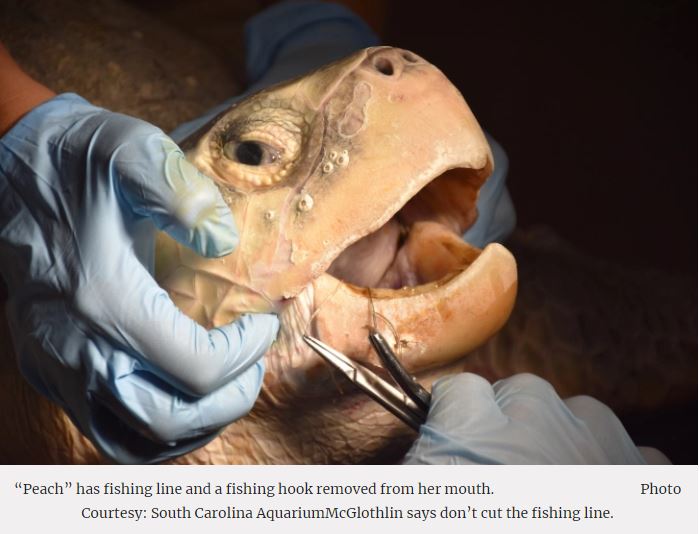Myrtle Beach Sea Turtles are hatching now
Every day a baby sea turtle is born. In fact, they hatch all year-long, but mostly in the summer. Over the next few months, as thousands of locals and tourists will hit the beach, hundreds of these little hatchlings will break free from the nest to begin their dangerous journey to the water.
“The turtle is made to just run. Run to the water to get out to safety to get out to deeper water,” Ann Wilson, a park ranger at Myrtle Beach State Park, said.
Wilson says the longer that a hatchling is on the beach, the more attractive it becomes to prey like ghost crabs, raccoons, and foxes. But their biggest danger is trash left behind by beachgoers.
“It’s not just the trash like a piece of plastic. It’s the sand toys, it’s the chairs, it’s the umbrellas and it’s even sand castles that look harmless and fun, “ Wilson said. “Every time they have a detour or an obstacle, it just lengthens their time on the beach and that is just dangerous for them.”
Wilson says the solution is simple. Leave the beach the way you found it.
“Taking everything off the beach and leaving it better than you found it. Flattened. Especially now that we’re getting into sea turtle hatching season,” Wilson said.
Summer doesn’t just signal the beginning of sea turtle hatching season, it is also a time to usher in fishing. But sometimes what a fisherman catches is not what they were hoping for.
“If you hook a sea turtle and you are on the fishing pier, you want to bring the sea turtle to the beachfront, to the sand instead of reeling it up onto the pier,” Katelyn McGlothlin, a sea turtle biologist at the South Carolina Aquarium, said.
If the sea turtle is small enough and there is a large net, McGlothlin says to try to get the sea turtle as close as you can to yourself and then pull it up with the net.
McGlothin says if you have to cut the fishing line leave a few feet behind.
“If you cut the line you want to leave several feet of fishing line for biology and vet staff to easily remove that line so the sea turtle doesn’t continue to swallow the hook and line,” McGlothin said. “Then you want to call the South Carolina Department of Natural Resources who will send a staff member or volunteer out to respond to that animal and bring it to us at the South Carolina Aquarium.”
Sea Turtle Nesting season runs until August.
For more information on sea turtle nesting season and how you can help save an injured sea turtle visit the South Carolina Aquarium at www.scaquarium.org.



